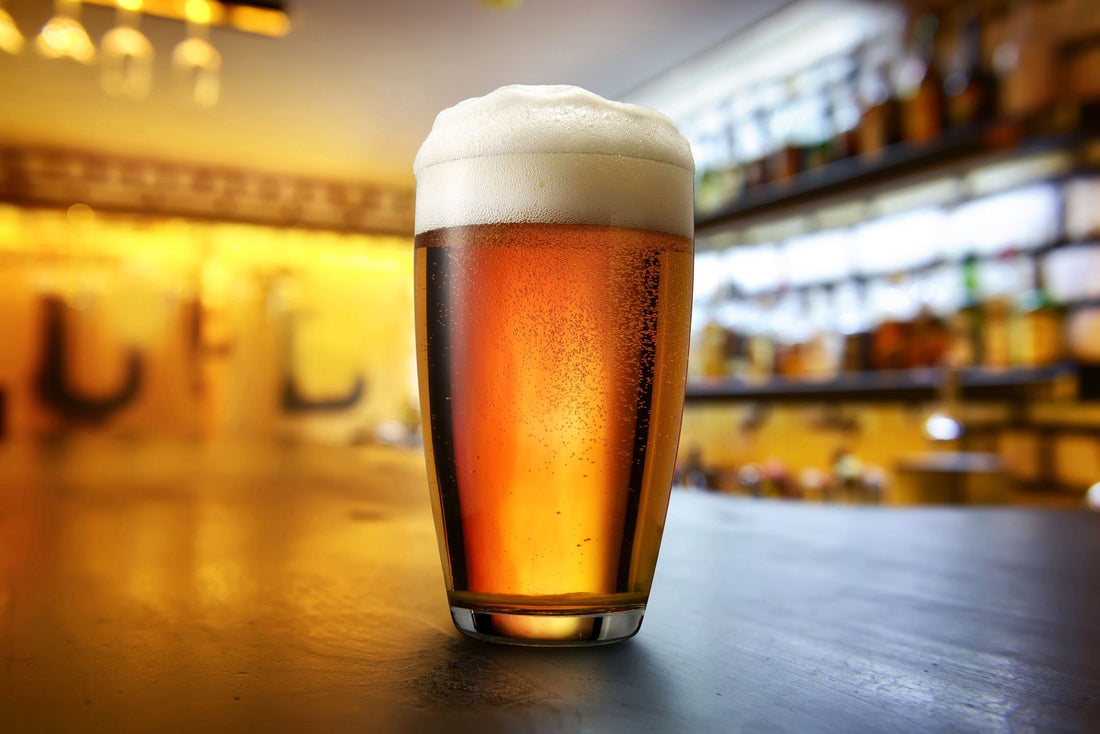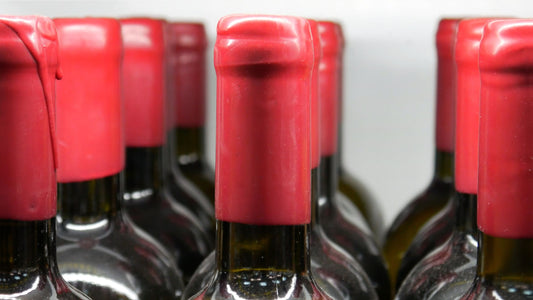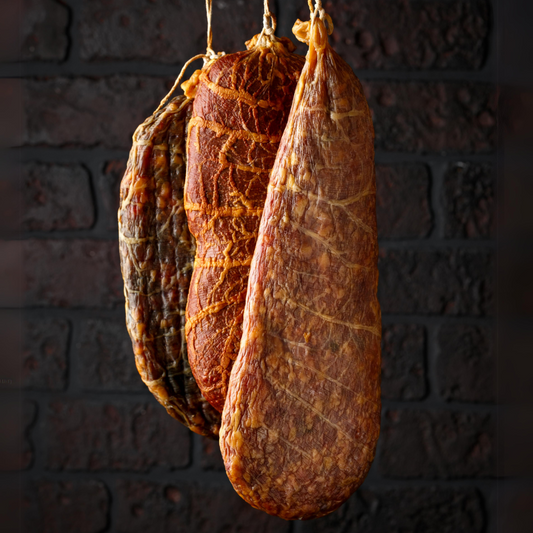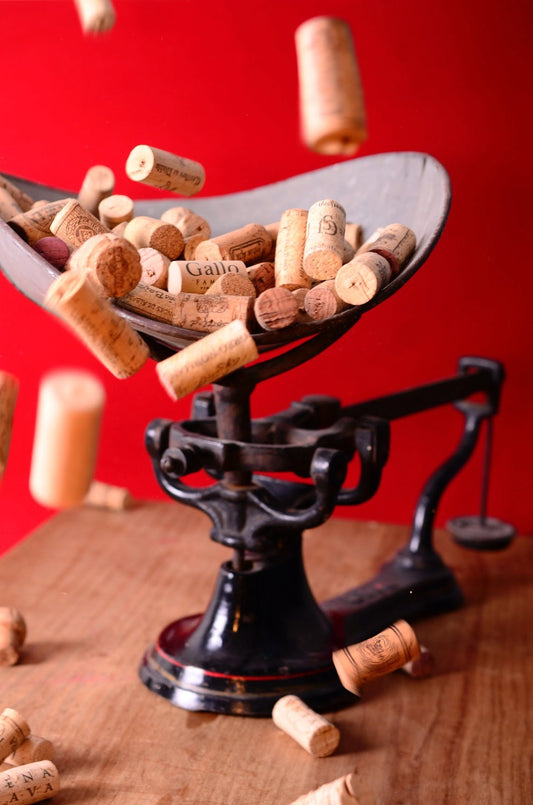Tin Brewing with Beer Kits

By now, you might have probably discovered that there are many ways for you to brew your own homemade beer, and that is why we want to teach you a new alternative that would make it easy for you to do so, without using cracked grains or fancy equipment.
Welcome to Tin Brewing 101 with The Artisan’s Bottega:
TAB Tip: Here at the Artisan’s Bottega, we stock many easy-to-use beer kits that make 23 Litres of Beer and can be done in any 30-litre fermenting vessel with minimal equipment.
The basics of tin brewing:
For brewing with a brew tin, you have to follow six easy steps on the brew day:
- Sanitising your equipment
- Mixing your brew kit with water and adding the required sugars.
- Topping up the water to roughly 23 litres
- Pitching the yeast
- Installing your airlock
- Waiting roughly 2 weeks for it to ferment.
Once it is fermented, you can bottle your brew using carbonation drops to add the sugar it needs to carbonate, and then you can leave it for another week before you invite all of your friends to enjoy your brew.
Equipment for tin brewing:
Although you can make these brews with minimal equipment, there are still a few things you need, and all of these are available for purchase at our store.
- A brewing vessel – In this case we recommend one of our 30 Litre Plastic Fermenters:
- An airlock and grommet (if needed)
- A sanitiser
- A tap for the fermenter
- A stick-on thermometer
- A spoon for stirring and mixing
- A hydrometer for checking the sugar and alcohol levels
- A measuring cylinder for the hydrometer
TAB Tip: As we have always discussed, sanitisation is a key component on this process. Please make sure that any equipment that touches the brew is sanitised (including spoons or stirring equipment).
Bear in mind that a sanitiser is different from a detergent and after cleaning any gunk off your equipment, it is important to use a sanitiser. We recommend any of our no rinse sanitisers, such as potassium metabisulphite
Get ready to brew:
The time has come! And after sanitising your equipment, please make sure that you have the following equipment and ingredients:
- Beer tin
- Yeast, which is usually supplied with the tin
- Over 23 litres of water
- Extra sugar for fermentation (you can use Dextrose for extra alcohol content but no extra flavour)
 With a brew tin, all you have to do is to empty the contents of the tin into a few litres of water, add your sugar, and boil it all together, just until mixed and there are no more sugar solids.
With a brew tin, all you have to do is to empty the contents of the tin into a few litres of water, add your sugar, and boil it all together, just until mixed and there are no more sugar solids.
Then emptying that mixture into your fermenter, adding the water, and stirring. At this point, we recommend you use a Hydrometer to check the sugar level of your wort.
Extracting some of the liquid into the measuring cylinder and then checking the level at which the hydrometer floats will give you how much sugar is currently in the mixture, and therefore how much alcohol you will end up with when it ferments.
Aim for roughly 4% sugar for a beer. If you find the sugar is too low; add some more malt extract or dextrose, and if it is too high; add some water. After this, you can pitch your yeast by just simply adding it into the fermenter is fine.
However, make sure the temperature of the wort is not higher than 22° Celsius; otherwise, you run the risk of shocking the yeast. After you have added the yeast, install the lid and airlock, filling it with a clear alcohol or water up to the line, and let it ferment for 2 weeks. When the hydrometer tells you there is no sugar left, and it reads consistently for a couple of days, you are ready to bottle. Make sure there is no sugar left in the brew otherwise, it could re-ferment in the bottles and cause a mess.
Fermenting:
Once you have added the yeast and installed your airlock, the mixture will start to foam and bubbles will start escaping through the airlock. This means your brew is fermenting and is completely normal. The yeast will start to convert the sugars in your wort to alcohol and release carbon dioxide in the process.
The airlock helps the carbon dioxide escape, as a build-up of this gas creates pressure, and if it cannot escape then you end up with a messy explosion of your vessel and a ruined brew. We are aware that this is probably a lot of new information for first time brewers and we know that you might be wondering: what if my brew does not foam? of what if there aren’t any bubbles coming out of the airlock? Well, here is the answer: There could be a couple of reasons for this:
- First, if it’s been a couple of days, check the brew with a hydrometer, if it has been fermenting, there may be a leak somewhere that the gas is escaping from, so seal that up and let it go.
- The temperature may be too cold or too hot. In this case, there are a number of ways to heat up your mixture, and we recommend a heating belt or heating pad that you can use to bring the temperature up by a few degrees. If the mixture got too hot, however, and it is not fermenting, you may have killed the yeast, so you can just add in some more yeast and try to move the brew to a cooler area.
- If the wort was too hot when you added the yeast, you may have shocked and killed it, so try adding in more yeast to get it going again.
- If it isn’t the temperature, and you aren’t sure what’s wrong, you can try adding in some yeast nutrients (https://artisansbottega.com.au/diamonium-phosphate-nutrient-for-yeast.html) to give the yeast a boost, or, if the yeast is dead, rehydrating some yeast with a bit of sugar and water and adding that in.
After 2 weeks the foaming and bubbling should settle down, and this is when you check your brews sugar level, aiming for a reading of 0 sugar, and after it reads this for a couple of days in a row, and fermentation has fully stopped, you are ready to start bottling.
Bottling your brew:
When you are ready to bottle, make sure all of your bottles and bottling implements are fully sanitised, and depending on the size of your bottle, add 1 or 2 carbonation drops to your bottled beverage before closing the lid. 1 drop is for 375ml bottles, and 2 drops for 750mls.
After this, wait a week for the brew to carbonate and you can start enjoying your beverage, storing it in either the fridge, or a cool dry place. 
Your future brews:
From here, there are a few ways you can start customising your tin beers. Using a different yeast strain is a great way to bring different flavours to your beer. You can also add hops to your brew to give it a hoppier flavour. The best way to do this is with little hop bags made by Morgan’s.
These little hop bags contain a small number of hops in a bag that you can add to your brew as it ferments. After you have mastered the basics of kit brews, you can move on to grain brewing.
Grain brewing is a lot more complex and involved, but it allows you to have full control over the flavours of your beer. The basic fermentation process is much the same, but there is a lot more preparation of the wort, boiling the grains, adding the hops, and so on. However, kit brewing takes out most of the work, so it remains the best way to get started making delicious beers.
Thank you for reading our articles and allowing us to share our artisan expertise with you. If you happen to follow our tutorials for wine making or if you share this information with your friends and family, do not forget to tag us on our socials @artisans.bottega sharing your pictures!
We love checking up on our Artisans Family.


